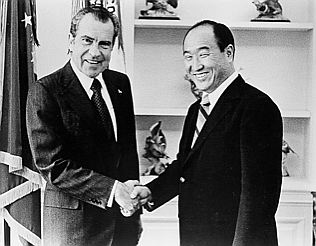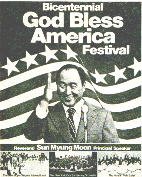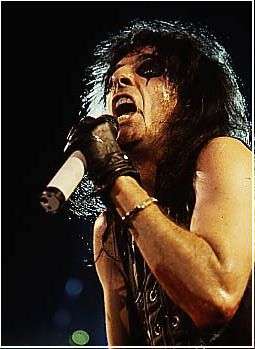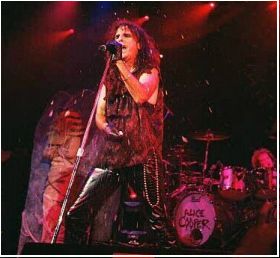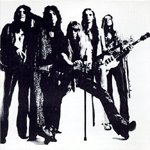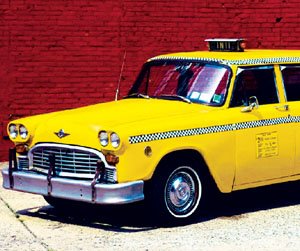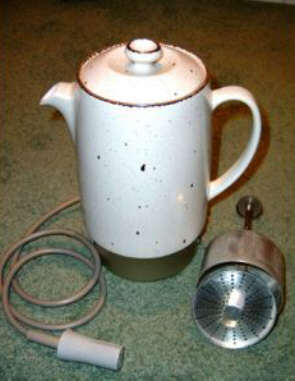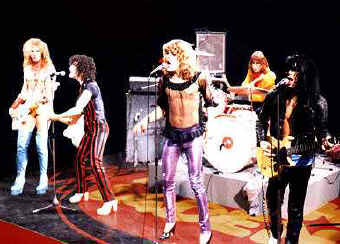est: Verbal Abuse and Wet Underwear for $250
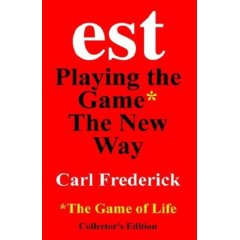
Who in their right mind would pay about a grand for two weekends of verbal abuse and restriction of basic liberties such as bathroom breaks to the point that some participants lost control of their bodily functions? Of course I'm referring to est, or Ehrhard Seminars Training, probably the most laughed-at of the wacky Seventies self-improvement systems. If you saw the film Semi Tough with Burt Reynolds, then you witnessed a parody of this absurd movement, which many renounced as a form of mind-control.
Born Jack Rosenberg in Philadelphia, Werner Hans Ehrhard was a former encyclopedia salesman who had experienced a variety of Eastern and Western-style pop psychology workshops before deciding to start his own training company. The goal of est was rather vaguely defined as "getting it," but from what I can discern the major thrust was on accepting responsibility for the miserable state you were in before taking the course, and accepting yourself for what you are. But it was Ehrhard's teaching technique, rather than his nebulous message, that generated so much interest. For $250 (about a grand in today's money) candidates would experience four 16-hour days during which they would be allowed very few opportunities to eat, drink, use the bathroom or (most importantly) think for themselves. Ehrhard or his designees would berate the crowd, repeatedly calling them "assholes." Finally, in a Satori-like moment, people would learn to accept themselves, as well as responsibility for their actions, and would reportedly leave the seminar aglow with enthusiasm (and with a zeal to bring in new students). Click here for a 1975 Psychology Today article which describes an est session.
This 'break 'em and re-make 'em' philosophy may sound familiar to those who have read about or experienced heavy-duty indoctrination or brainwashing. Needless to say, est and Ehrhard drew enormous amounts of criticism from those who labeled the movement a cult and its techniques a form of mind-control. It was also rather hard on the trainees, and many of us heard reports of people breaking under the strain of the seminars. The lack of toilet breaks (and the frequent bladder accidents which resulted) were a particularly well-known aspect of es
 t, and the cause for many jokes. But it was the 1977 film Semi-Tough, starring Kris Kristofferson and Burt Reynolds, that most effectively satirized Werner and Company. Kristofferson plays a pro football player who finds himself involved in "Bismark Energy Activation Training" (BEAT) taught by a charismatic leader who had changed his name from Rosenberg. It's a great look at Seventies self-help movements.
t, and the cause for many jokes. But it was the 1977 film Semi-Tough, starring Kris Kristofferson and Burt Reynolds, that most effectively satirized Werner and Company. Kristofferson plays a pro football player who finds himself involved in "Bismark Energy Activation Training" (BEAT) taught by a charismatic leader who had changed his name from Rosenberg. It's a great look at Seventies self-help movements.Eventually Ehrhard and his followers softened and polished their program into something called The Forum, which had many spin-offs, including the well-known Hunger Project (which announced it was going to eliminate hunger in the world). The food-deprivation may have been left behind, but the operation still had cult-like aspects. I once attended a meeting where some guest speakers from the Hunger Project made a presentation, and felt like I was at one of those "free" weekends at which they try to sell you time shares. It was a real high-pressure operation. When I got up to leave, two thirds of the room went with me.

